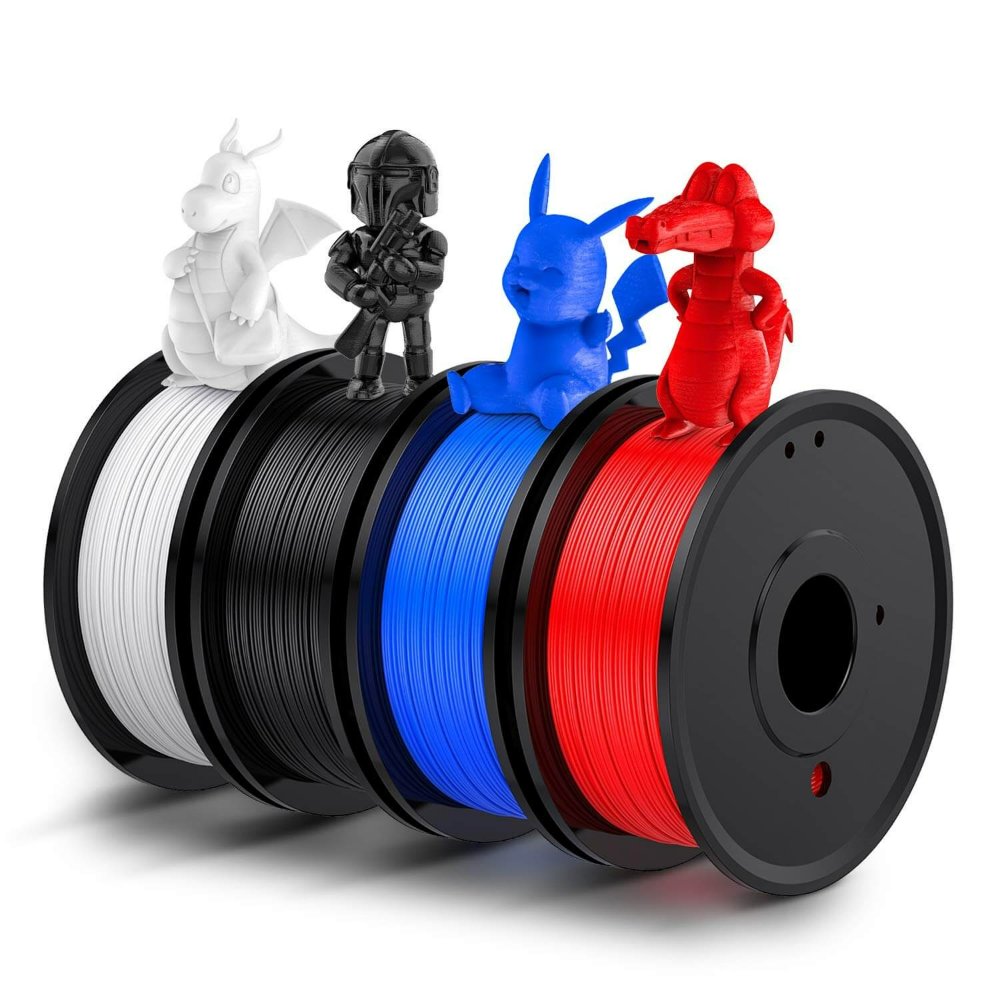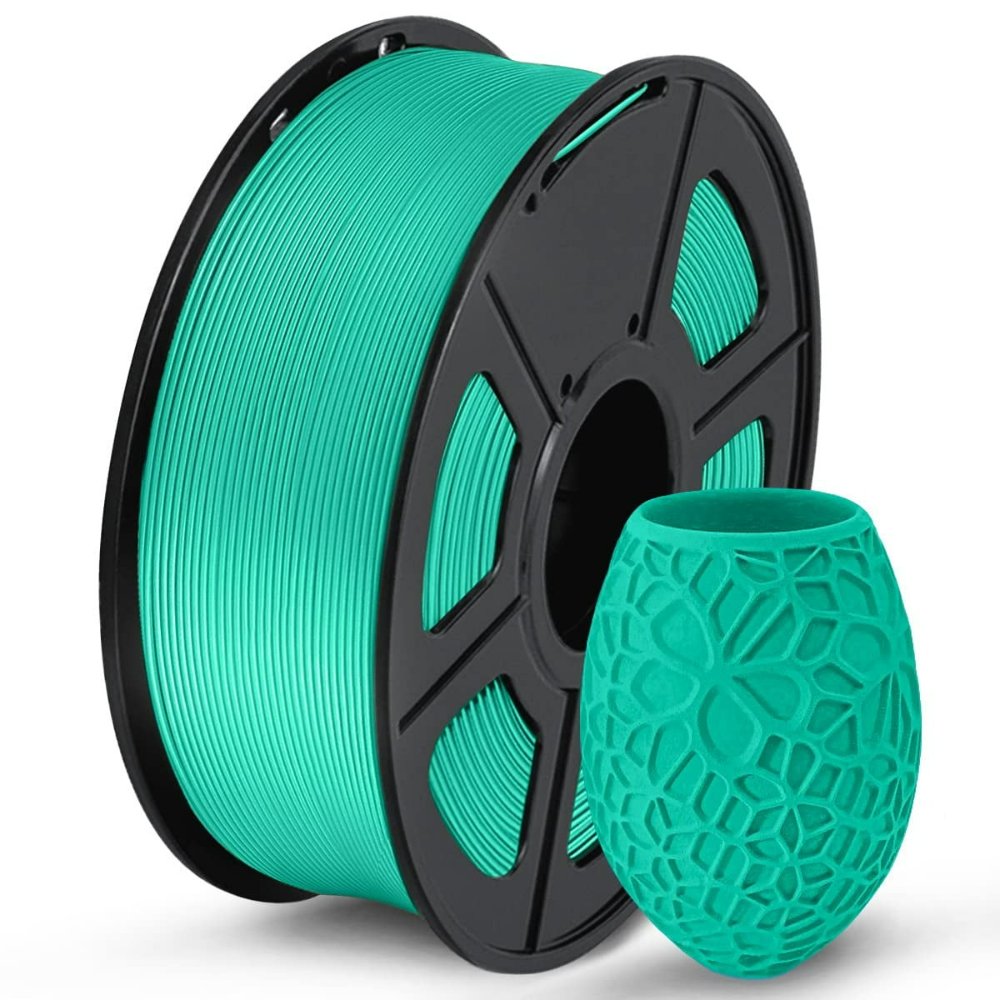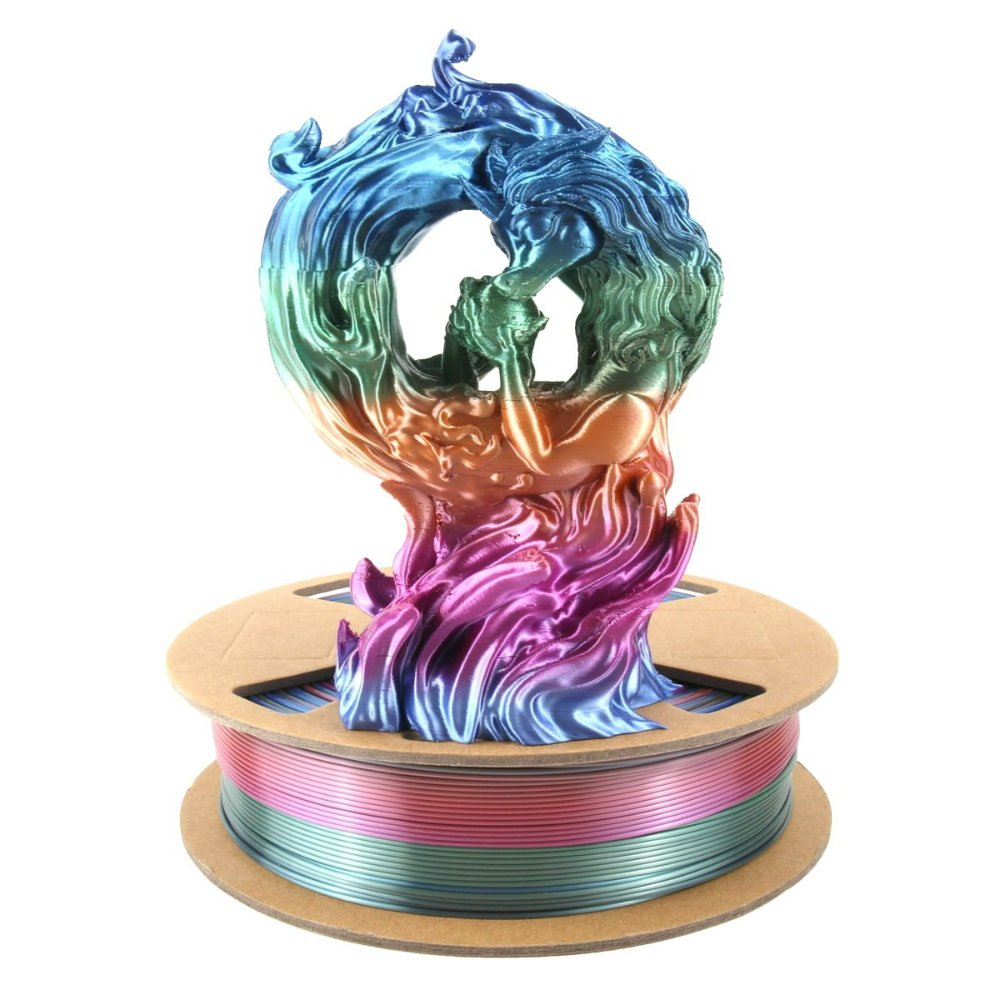Introduction to 3D Printer Filaments
The world of 3D printing opens up endless possibilities. However, to bring ideas to life, one must first select the appropriate 3D printer filament. These filaments are the raw materials used in 3D printers to create objects layer by layer. Finding the right 3d printer filament is crucial, as it influences the strength, flexibility, and look of the finished product.
In this guide, we’ll explore the various types of filaments available. We’ll look at their properties, such as strength, flexibility and the right temperature needed for printing. We’ll also consider environmental impact and availability. Whether you’re new to 3D printing or seeking to improve your craft, understanding the different 3d printer filaments will help you make the best choice for your project.
Types of 3D Printer Filaments
Choosing the right 3d printer filament is key to successful 3D printing. There are several types, each with distinct properties that suit different needs. Understanding these options is critical for selecting the perfect material for your project.
PLA (Polylactic Acid)
PLA is one of the most popular 3d printer filaments. It’s biodegradable and made from renewable resources, making it eco-friendly. PLA prints at lower temperatures, which means it is easier to use for beginners. It’s great for projects that do not require high heat resistance.
ABS (Acrylonitrile Butadiene Styrene)
ABS is stronger and more durable than PLA. It withstands higher temperatures and is ideal for functional parts. However, it requires a heated printing bed and emits fumes during printing, so good ventilation is necessary.
PETG (Polyethylene Terephthalate Glycol)
PETG combines the ease of PLA and the strength of ABS. It is moisture resistant and does not emit harmful fumes. PETG is great for both prototypes and functional parts.
TPU (Thermoplastic Polyurethane)
TPU is flexible and elastic, making it perfect for objects that need to bend. Its properties are similar to rubber. TPU is used for parts such as phone cases and wearable items.

Factors to Consider When Choosing Filament
When diving into a new 3D printing project, selecting the proper 3d printer filament is a critical step. To make an informed choice, consider several key factors that will affect the outcome of your print.
Printing Temperature
Each filament type has an optimal printing temperature. This is the heat level at which the filament melts and flows smoothly. PLA, for example, typically prints at 180-220°C. ABS needs higher temperatures, usually between 210-250°C. Incorrect temperatures can result in poor adhesion, warping, or even damage to your printer.
Bed Temperature
The bed temperature is another crucial factor. It helps the first layer of your print stick properly to the build plate. A heated bed is especially important when printing with ABS, which requires a bed temperature around 100-120°C. On the other hand, PLA can often print on a non-heated bed or at a lower temperature.
Printing Speed
Different filaments can handle different printing speeds. Fast printing can cause issues like stringing or under-extrusion. Slower speeds often yield higher-quality prints. It’s essential to find a balance and adjust settings based on the filament you are working with. PLA generally works well at higher speeds, while TPU, due to its flexibility, often needs a slower pace.
Choosing the right 3d printer filament involves balancing these factors with the requirements of your project. Consider these aspects carefully to ensure a successful print and to bring your ideas to fruition effectively.
Comparing Filament Strength and Flexibility
When selecting a 3d printer filament, understanding its strength and flexibility is essential. These characteristics are pivotal for the functionality and durability of your finished print. Here’s how the most common filaments compare.
PLA (Polylactic Acid)
PLA is rigid and holds shape well but is brittle and prone to breaking under stress. It lacks the flexibility which might be needed for more dynamic applications.
ABS (Acrylonitrile Butadiene Styrene)
ABS is renowned for its toughness and yields prints that are strong and can endure more stress before deforming. It flexes more than PLA without breaking.
PETG (Polyethylene Terephthalate Glycol)
PETG offers a middle ground with good strength similar to ABS and better flexibility than PLA. It can resist impacts and is less likely to fracture.
TPU (Thermoplastic Polyurethane)
TPU excels in flexibility, making it the go-to for prints requiring elasticity. It can stretch and compress, returning to its original shape without damage.
Each filament type has its role based on the desired strength and flexibility of the final object. Whether it’s a rigid model or a flexible hinge, there’s a 3d printer filament that fits the bill. Always align your filament choice with the specific needs of your project to achieve optimal results.

Importance of Filament Diameter and Tolerance
Choosing the correct filament diameter and tolerance is essential for high-quality 3D prints. These two factors play a crucial role in the printing process and impact the outcome significantly.
Filament Diameter
The filament diameter determines how the filament feeds through the printer’s extruder. Common diameters include 1.75 mm and 3.00 mm. A consistent diameter ensures steady extrusion and better control. If the diameter varies, it can lead to improper extrusion rates. This issue might cause flaws in the print, such as under-extrusion or over-extrusion.
Filament Tolerance
Tolerance refers to the consistency of the filament’s diameter along its entire length. A lower tolerance means the filament’s diameter does not vary much. High tolerance can affect print quality. It can cause uneven layers as the extrusion rate changes. For most projects, a tolerance of +/- 0.05 mm is acceptable.
Both factors, filament diameter and tolerance, need careful consideration. They ensure the 3d printer filament feeds smoothly and extrudes evenly. This results in strong, accurate, and reliable prints. Therefore, always check these specifications when choosing your 3d printer filament.
Cost and Availability of Different Filaments
When selecting 3d printer filament, considering cost and availability is crucial.
Cost Factors
3D printer filaments vary dramatically in price. PLA, being the most common, is generally more affordable. Specialty filaments like TPU tend to cost more due to their unique properties. Bulk purchases or generic brands might reduce costs significantly. Always balance between quality and budget when selecting filaments.
Availability
Availability can influence filament choice. While PLA and ABS are widely accessible, more specialized filaments like TPU and PETG might be less readily available. Check with multiple suppliers to ensure you can access the filaments when needed. Larger suppliers might offer a wider range, but local shops could provide faster acquisition options.

Environmental Considerations and Filament Choices
When choosing a 3D printer filament, consider its environmental impact. This factor is as crucial as its physical properties. Here are key points to help you make a more eco-friendly choice:
Biodegradability
Select filaments that are biodegradable. PLA is a great example. It breaks down naturally over time, unlike synthetic materials.
Recycled Materials
Some filaments are made from recycled plastics. Using these can help reduce waste. Look for filaments like recycled PETG.
Production Energy
Consider how much energy is required to produce each type of filament. Filaments that require less energy to make are more sustainable.
Toxicity in Printing
Avoid filaments that release harmful fumes when printed. ABS, for instance, emits fumes that require good ventilation.
By considering these environmental impacts, you make a choice that’s better for both your projects and the planet.